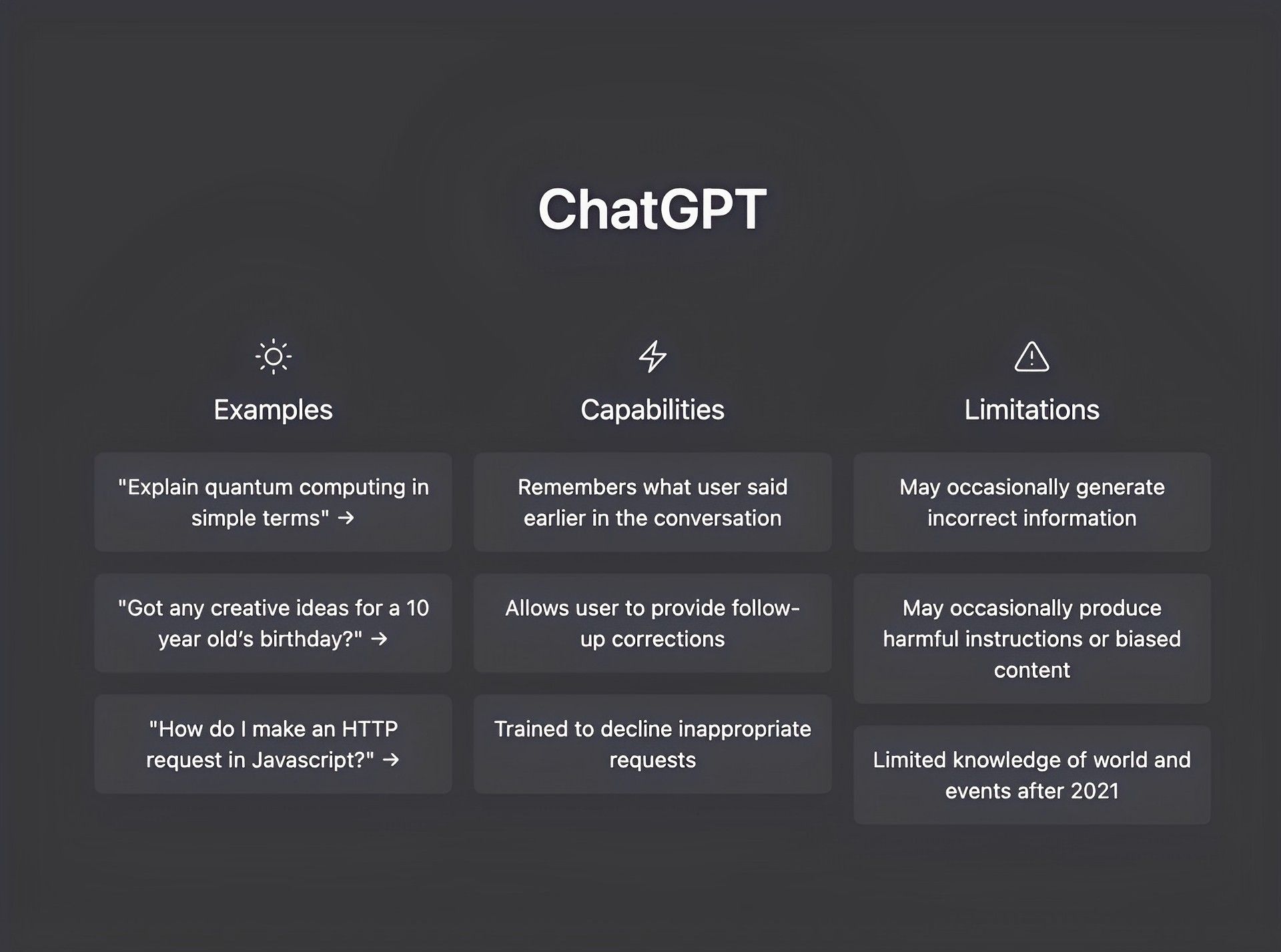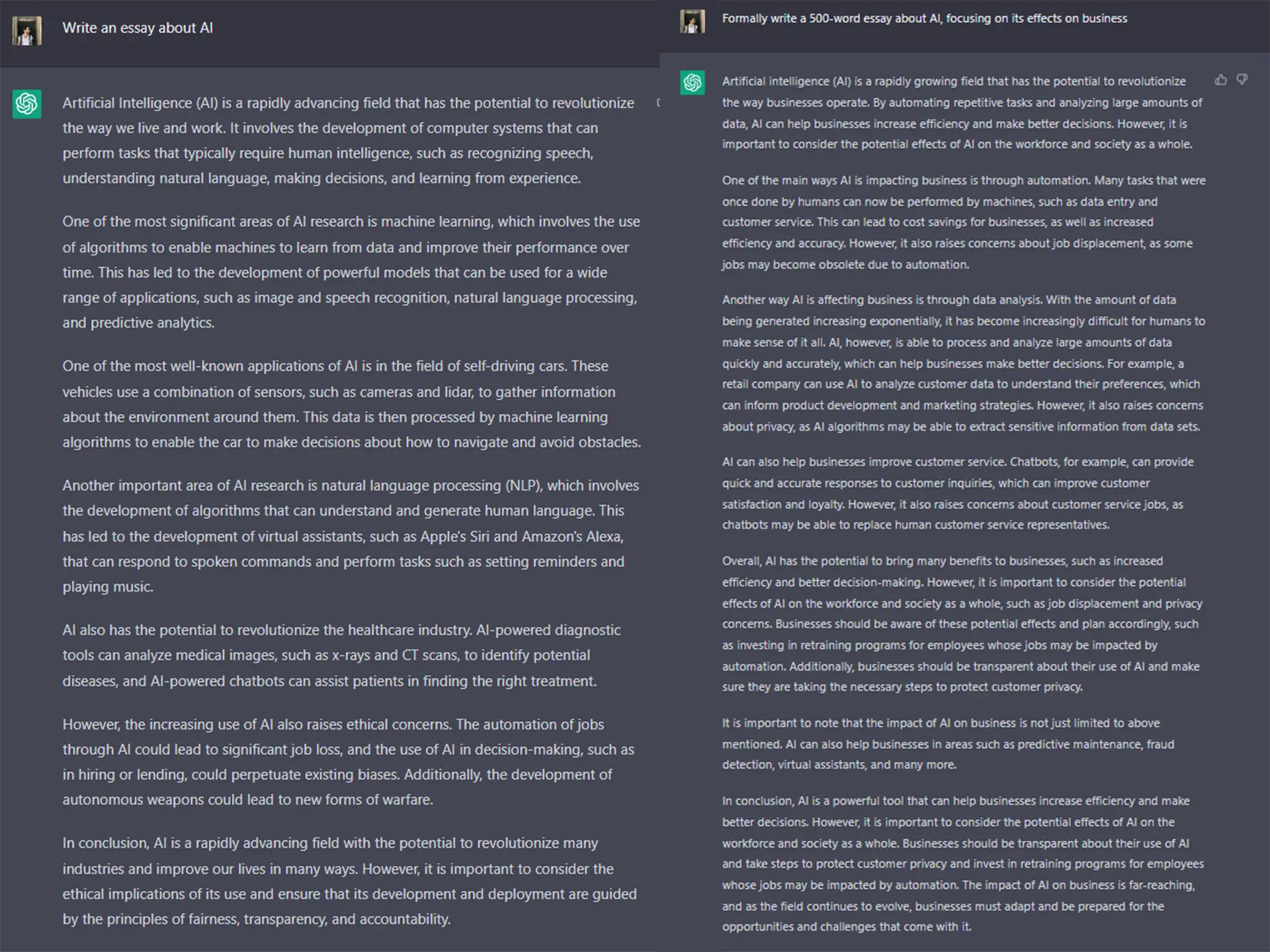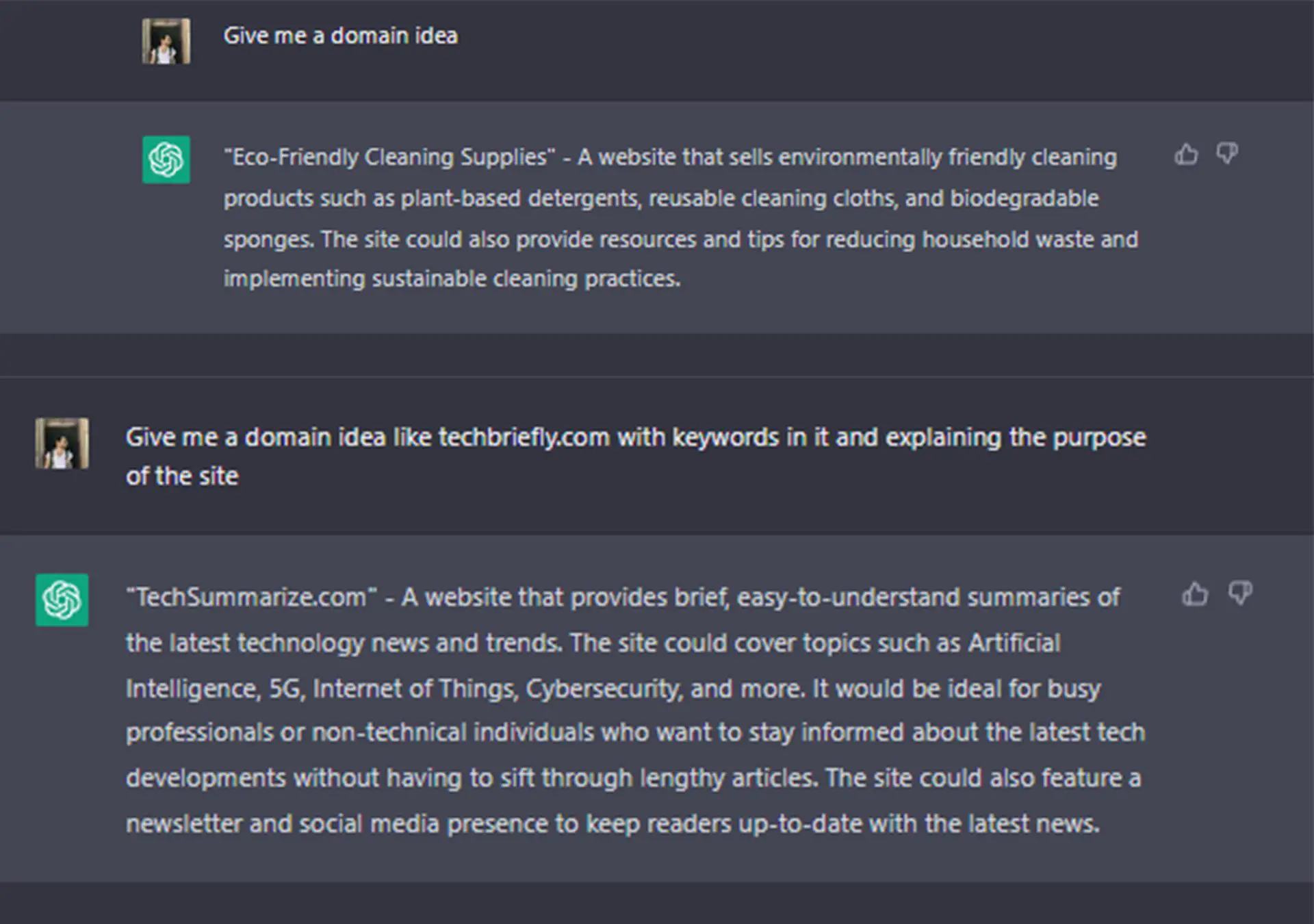With the spread of AI in all sorts of businesses, text prompt engineering is a job on the rise right now. To get the outcomes you desire, regardless of whether you use ChatGPT or DALL-E 2, text-to-text, or text-to-image AI tools, you must learn to ask the appropriate questions. It is logical to suppose that those who offer such questions will gain notoriety as they become more ingrained in the business sector given the potential of these technologies. Given this insight, it’s possible that we are already experiencing the prompt engineers of the future.

What is text prompt engineering?
Text prompt engineering is the process of using prompts to make an AI tool produce the desired outcome. In addition to being a statement or a block of code, a prompt can simply be a simple list of words. The technique of using prompts to encourage responses was created by people. Similar to how a person could use prompts as a beginning point for writing an essay, you can train an AI model to deliver the required results when given a certain task using prompts. Like a human writer, an AI model may use a prompt as the basis for an essay.
Text prompt engineering can also be defined as the act of generating and producing text prompts, or input data, for AI models in order to train them to carry out particular tasks. This entails choosing the right data type and arranging it in a way that the model can comprehend and make use of it to learn. The goal of text prompt engineering is to produce high-quality training data that will allow the AI model to produce reliable forecasts and judgments. It is a crucial stage in the creation and implementation of AI systems.

The language models GPT-2 and GPT-3 contributed significantly to advances in text prompt engineering. With the use of several NLP datasets and multitasking text prompt engineering, good performance on fresh tasks was observed in 2021. When given examples of a thought progression, language models have been demonstrated to give a more accurate picture of reasoning.
If the prompt uses language that encourages a line of reasoning (such as “Let’s think step by step”), the usefulness of a language model in multi-step reasoning problems may be improved. These technologies are widely accessible thanks to a number of open-source notebooks and community-led image synthesis initiatives.
In 2022, the general public had access to a large number of machine learning models, including DALL-E, Stable Diffusion, and Midjourney. These models’ capacity to take word prompts as input and output pertinent pictures have led to the emergence of an area of AI prompt engineering known as text-to-image prompting. Despite the widespread usage of this tool, many users still have trouble getting the results they want, but we have some solutions just for them.

How does text prompt engineering work?
All you need to know is how to direct these new, enormous, and potent generative models to produce amazing stories, breathtaking photographs, or any other unique feature like a text summarizer or automatic video editor tool.
You can find any of the following in a prompt:
- Instructions
- Question
- Input data
- Examples
Correctly mixing these components is the key to effective AI prompt engineering.
The following are some pointers for more effective AI prompt engineering:
- A # or ” should be used to indicate a space between the instructions and the context in the prompt.
- Instead of writing prompts like this;
Rewrite the text below
{text input}
- Try to separate your message like so:
Rewrite the text below
“””
{text input}
“””
- It is crucial to give as much specific, detailed, and in-depth information as possible regarding the underlying circumstance in order to reach the desired conclusion, length, structure, style, etc.
- Therefore instead of prompting like below;
Write an essay about AI
- Try typing a prompt as much descriptive as possible instead:
Formally write a 500-word essay about AI, focusing on its effects on business
- Give an example of what you wish to say.
- Rather than shooting randomly;
Give me a domain idea
- Give the chatbot something to take inspiration from:
Give me a domain idea like techbriefly.com with keywords in it and explain the purpose of the site
- Make your request simple and succinct. Avoid using unnecessary language.
- Instead of jumbling words around like below:
Briefly explain the history of AI to me and mention historical events in minds of the reader.
- Try typing a prompt like this instead:
Explain the history of AI in a brief and catchy way
- Choose the appropriate theme and format, especially for text-to-image AI tools, and be as descriptive as you can.
- To test text-to-image AI techniques, upload some sample photos.
Although AI models are always evolving, it could be difficult to get the precise results you require. This is also evolving, but to properly tap into the potential of these massive models, better text prompt engineering is still required. Let’s examine a few of the examples in action now.
Text prompt engineering examples
You can see the variations below in relation to your writing prompts.

As you can see from the example above, the essay that we have collected attempts to describe the issue by touching on more general and varied topics with prompt change.

As you can see, we were able to be a result in the second example by sampling at the prompt, however, in the first example we were unable to even obtain a domain name.

The prompt is “draw a human in an office” in the example on the left, and “draw a human in an office while looking at a PC” in the example on the right. As you can see, although the example on the left gives little indication of the office setting, defining the prompt helped us achieve better outcomes.
How hard is it to write good prompts?
It might be difficult to write a decent prompt since it demands both clear and succinct language and a grasp of the prompt’s purpose. A good prompt should be clear, open-ended, and explicit; it should provide the reply with enough details to grasp what is being asked and the intended response. It also leaves room for interpretation and original thought.
A good prompt should also be intriguing, relevant, and appealing to the target audience. The context and purpose of the prompt should also be kept in mind.
Overall, it depends on the difficulty of the work or the message you are attempting to express, but with a little experience and close attention to detail, anyone can create a strong prompt.
Text prompt engineering jobs
Although simple, learning text prompt engineering can be difficult. Not everyone is gifted in this area. Basic inquiries are used for simple requests, but specific instructions are required for more complicated operations and procedures.
Postings on the freelance marketplace Upwork want to hire timely text prompt engineers who can produce website content including blog posts and FAQs for up to $40 per hour.

An engineer is needed by Klarity, an AI contract-review company, to “prompt, finetune,” and “chat with” big language models for up to $230,000 per year.
For those wishing to purchase prompts to get a particular result, marketplaces like Krea, PromptHero, and Promptist have also developed. The best ways to use ChatGPT are also covered in a book and hundreds of video tutorials.
You must offer specific, lucid answer patterns to distinct talks for your platform to function. Ambiguous regulations lead to ineffective and inaccurate conversations.
You can take inspiration from the instructions below to see how one can start a text prompt engineering career.
Understanding language model architecture
Investigate the inner workings of various language models. Writing precise, thorough prompts will be made easier for you if you comprehend how they assess inputs. maximize their individual processing power. Even sophisticated tools need outside instructions to work.
Likewise, think about the restrictions. Although they normally adhere to tougher limits, sophisticated language models draw current information from the internet. You’ll have to think of inventive prompts.
Clearly expressing ambiguous problems
Prompt engineers must learn to communicate complex and unclear challenges. AI interaction is not possible for everyone. In fact, inexperienced users struggle to transmit requests, particularly those that require multi-step processes.
You must give as much background as you can. AI systems only respond to inputs. Giving them ambiguous prompts with clumsy wording and general phrases will yield mediocre results.

Overcoming data biases
AI models are by nature unbiased. The datasets their trainers utilized are to blame for any skewed results they provide. Do not forget that AI merely examines patterns and experiences. Due to the frequent use of vast amounts of unfiltered data by developers, even sophisticated AI models might cause damaging results.
Instead of manually sorting through datasets, do thorough testing to reduce inaccuracies. Feed AI models several cues over time to discover which ones cause biased responses.







